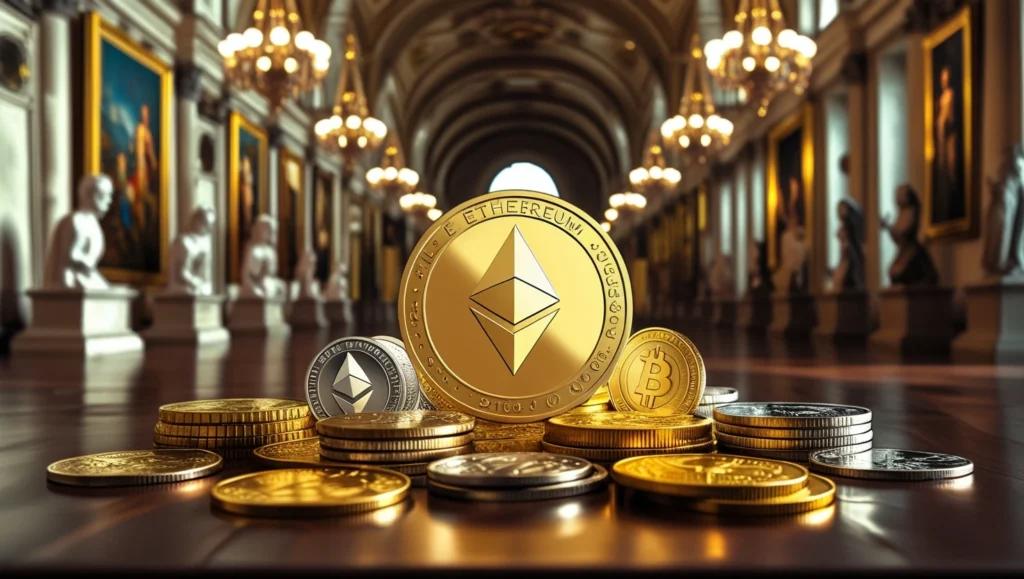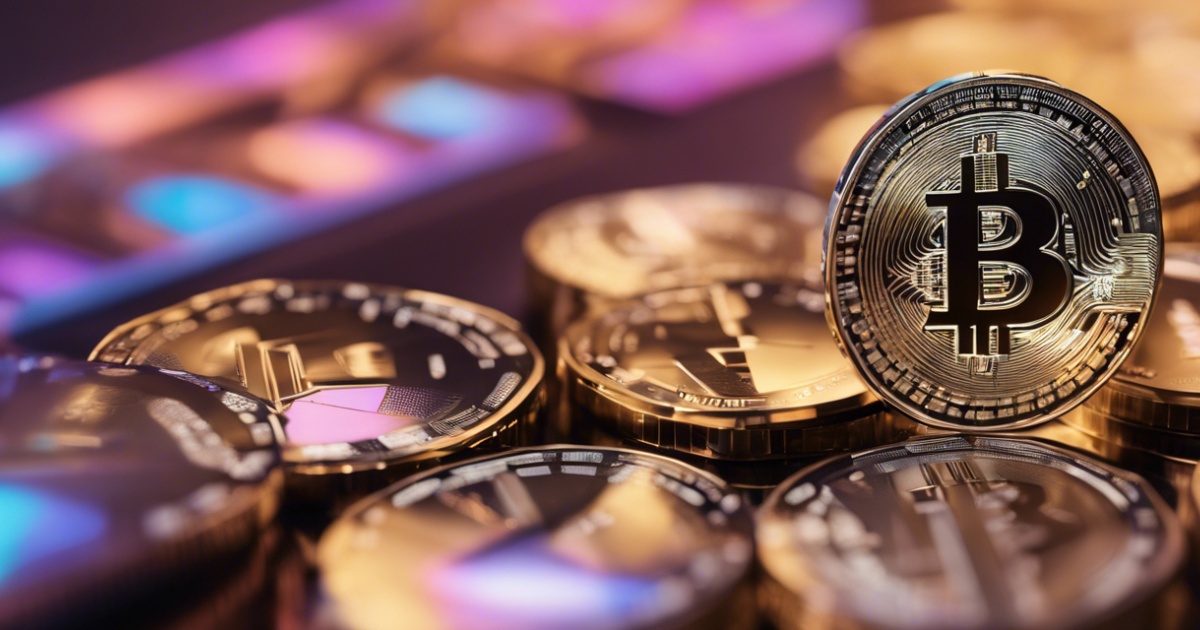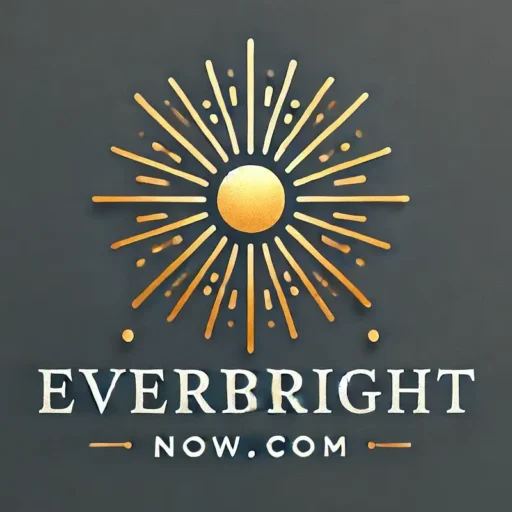NFTs and Ethereum: The Blockchain Behind the Art Revolution
The digital art world has witnessed a seismic shift with the advent of Non-Fungible Tokens (NFTs), propelling artists, collectors, and investors into an unprecedented era of blockchain-enabled ownership and exchange. At the core of this revolution lies Ethereum, a decentralized platform that has become synonymous with NFT innovations and transactions. This article delves into the intricate relationship between Ethereum and NFT art, spotlighting the trends and developments shaping their trajectory in 2023-2024.

Understanding NFTs and Ethereum
Before we embark on a journey through the future trends, it’s essential to grasp the basics of NFTs and Ethereum.

NFTs: Beyond Digital Ownership
NFTs represent unique digital assets, from artwork to music, encoded with ownership rights on a blockchain. Unlike cryptocurrencies such as Bitcoin or Ethereum’s native ether (ETH), NFTs are indivisible and cannot be exchanged on a one-to-one basis, making each NFT distinct.
Ethereum: The Blockchain Powerhouse
Ethereum emerges as more than a cryptocurrency; it’s a comprehensive platform for deploying smart contracts and decentralized applications (dApps). Its pivotal role in NFT transactions stems from its ability to execute smart contracts, which automate the verification and facilitation of NFT transfers, ensuring authenticity and ownership.
The Symbiosis of Ethereum and NFT Art
Ethereum’s blockchain has become the preferred choice for NFT creators and collectors due to its robust security, interoperability, and community support. The ERC-721 and ERC-1155 standards—specifically designed for creating NFTs on Ethereum—have laid the foundation for a thriving ecosystem of digital art and collectibles.
2023-2024 Trends and Developments
The landscape of Ethereum NFT art is rapidly evolving, with several key trends and developments coming to the fore in 2023-2024.
Surge in Mainstream Adoption
Recent statistics indicate a burgeoning increase in NFT transactions on the Ethereum network, with a significant uptick in mainstream adoption. High-profile collaborations between traditional art institutions and digital artists, alongside celebrity endorsements, have catapulted NFTs into the public eye. This trend is anticipated to accelerate, bridging the gap between digital and physical art worlds.
Evolution of NFT Marketplaces
Ethereum-based NFT marketplaces have undergone significant advancements, introducing features like lower transaction fees, enhanced user interfaces, and integrated social platforms. These improvements aim to democratize access, making it easier for artists to mint, sell, and showcase their works, and for collectors to discover and invest in NFTs.
Environmental Concerns and Sustainability Efforts
The environmental impact of NFT transactions, particularly concerning Ethereum’s energy consumption, has sparked extensive debate. In response, the Ethereum community has rallied towards more sustainable practices, notably the transition to Ethereum 2.0, which shifts the consensus mechanism from energy-intensive Proof of Work (PoW) to Proof of Stake (PoS). This transition, completed in 2023, has significantly reduced the carbon footprint of Ethereum transactions, including NFT minting and trading.
Innovative Use Cases and Integration
The application of NFTs is expanding beyond art into realms such as virtual real estate, gaming items, and identity verification, showcasing Ethereum’s versatility. Moreover, the integration of NFTs with virtual and augmented reality technologies is creating immersive experiences, blurring the lines between digital and physical spaces. These innovative use cases are expected to drive further growth in the NFT sector.
The Rise of DAOs in NFT Art Governance
Decentralized Autonomous Organizations (DAOs) have gained prominence in the governance of NFT projects and platforms. These community-led entities play a crucial role in decision-making processes, from curating collections to funding emerging artists. The empowerment of artists and collectors through DAOs marks a shift towards a more inclusive and democratic NFT ecosystem.
Challenges and Opportunities Ahead
While the future of Ethereum NFT art appears promising, several challenges need to be addressed to sustain growth and innovation.
Scalability and Transaction Costs
Despite Ethereum 2.0’s improvements, scalability remains a concern, with high demand leading to increased transaction fees (gas fees) during peak times. Ongoing efforts to implement layer 2 solutions and sidechains aim to alleviate these issues, ensuring a smoother and more cost-effective experience for users.
Intellectual Property and Legal Frameworks
The legal intricacies surrounding NFT ownership and copyright pose significant challenges. As the market matures, clearer regulations and intellectual property frameworks are essential to protect creators’ rights and foster a trustworthy environment for collectors.
Market Volatility and Speculation
The NFT market is not immune to speculation and volatility, with prices of high-profile NFTs experiencing dramatic fluctuations. Establishing a more stable market, possibly through mechanisms like fractional ownership and NFT indexes, could mitigate these concerns, attracting a broader base of investors.
Conclusion
The symbiotic relationship between Ethereum and NFT art has catalyzed a revolutionary shift in how we perceive, create, and exchange art in the digital age. As we look towards 2024, the trends and developments highlighted underscore a trajectory of continued growth, innovation, and challenges. Ethereum’s role as the backbone of the NFT art revolution is undeniably profound, offering a glimpse into a future where digital and physical art ecosystems not only coexist but thrive together. As the Ethereum and NFT landscapes evolve, so too will the opportunities for artists, collectors, and enthusiasts to explore uncharted territories of creativity and investment.
